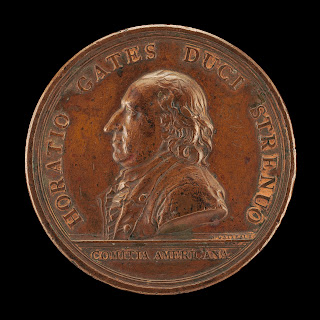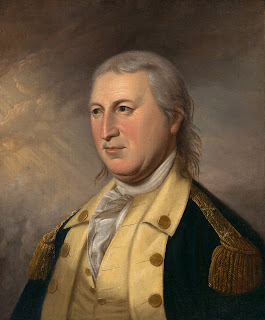Sorry Northampton (and Smith College) - "[Not] The Site Of Clandestine Visits"

There is no question that the British element of the Convention Army stopped in Northampton, Massachusetts, in October of 1777. Lieutenant Israel Bartlett , one of their assigned guards from the Massachusetts Militia, recorded in his diary: "[October] 27 Monday. We marched to Northampton today, 18 miles, through the rain & mud, very fatiguing. Arrived at 2 O'Clock..." [1] Militia Private David How noted the same: "This Day Its ben Very wet and rainy And we march'd to North Hampton And Staid at Night thare." [2] The column rested a day in Northampton before crossing the Connecticut River. Bartlett and How writing respectively: "[October] 28 Tuesday. We rested at Hampton [Northampton] all day on account of a very severe storm of rain and snow." and "[October] 28 This Day It has Ben Very Stormy both Hail & Snow and we Staid Hear all Day and Night." [3] British prisoners noted likewise. Lieutenant (Lord) Francis Napier of



